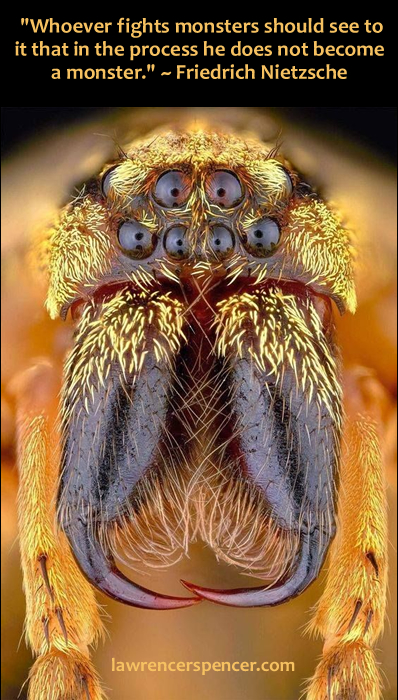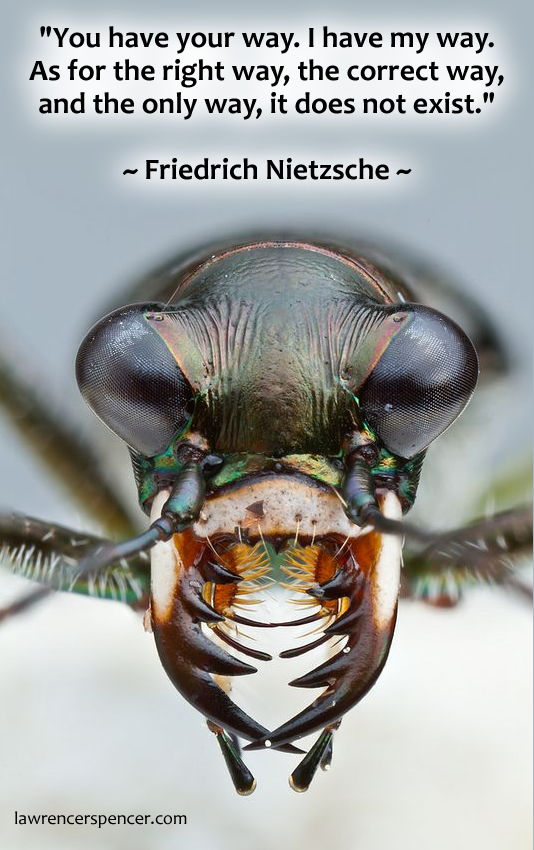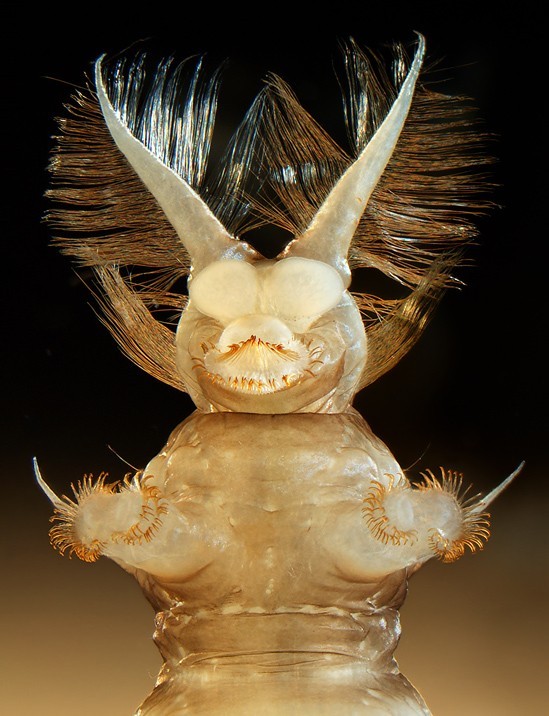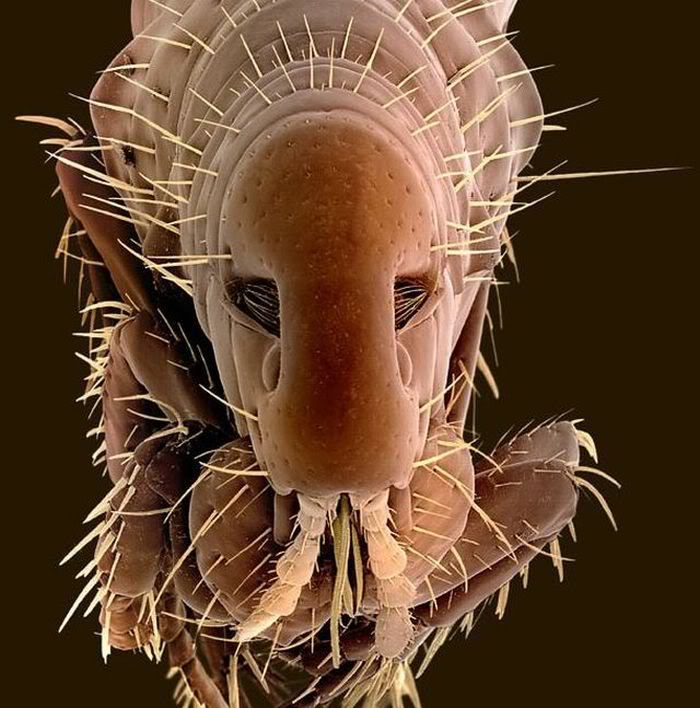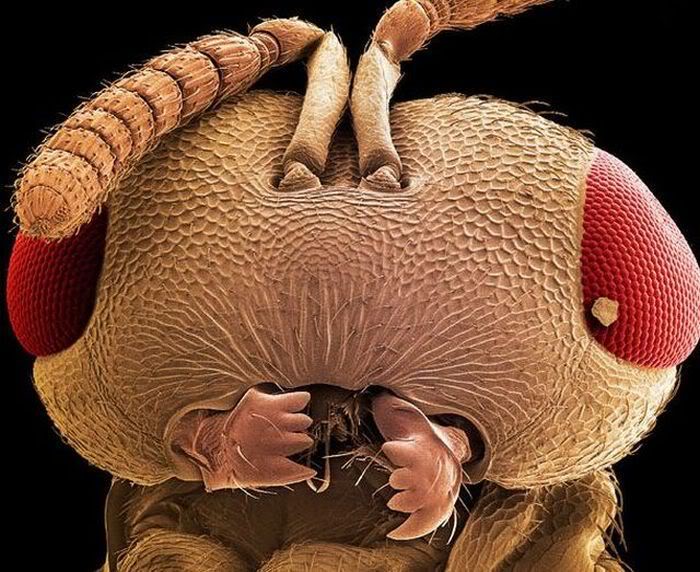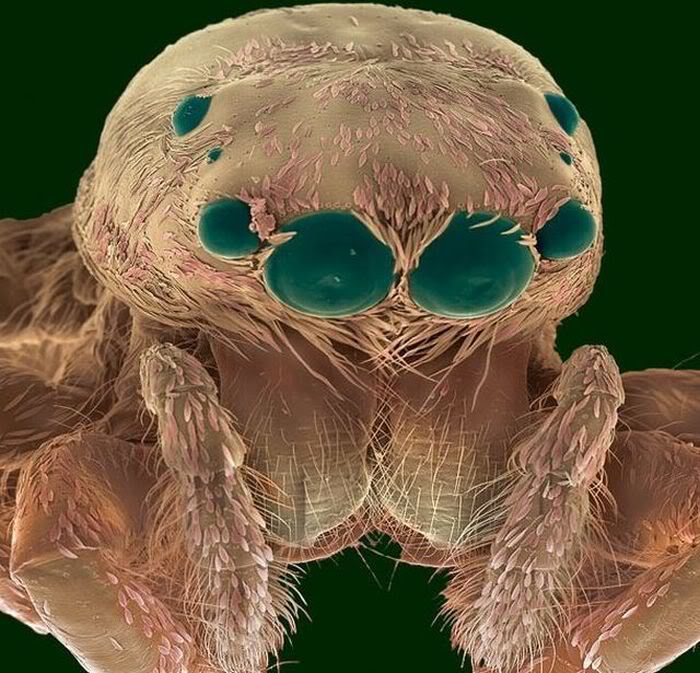Republished by Blog Post Promoter
INSECTS SEE MORE MORE CLEARLY USING MULTIPLE POINTS OF VIEW….MAYBE WE CAN TOO?
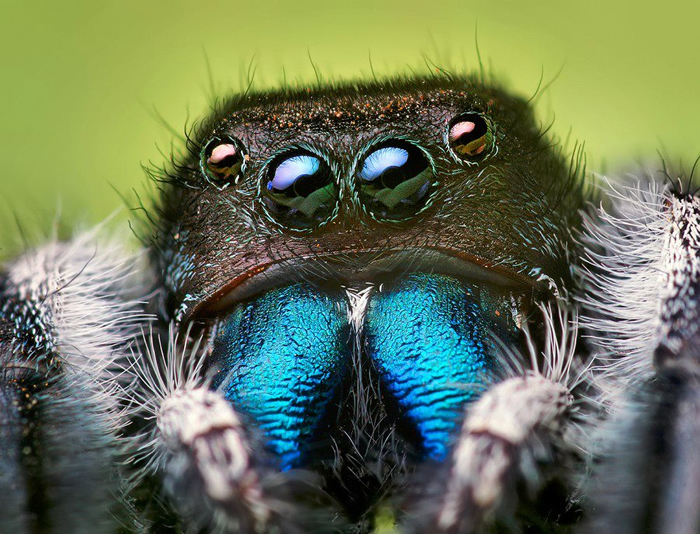
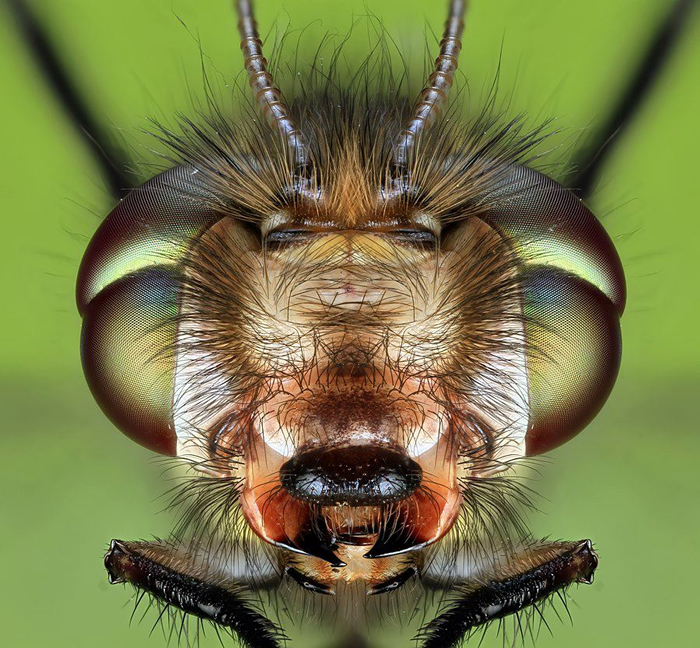
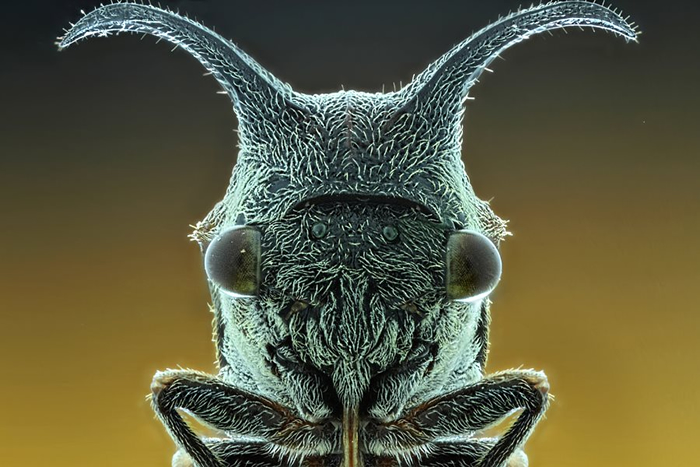
“Compound and human eyes are essentially the same in some respect. The main difference is that compound eyes are made up of many individual eyes (called ommatidia), each forming its own image. Thus, the insect brain receives and processes many images and converts them into “pictures” made up of many pieces, like a puzzle. Compare it to watching a single scene on many screens showing slightly different perspectives. The image produced by each ommatidium is very small but collectively, an insect’s ommatidia can cover almost a 360-degree field of view, allowing good binocular vision in all directions, important for capturing prey and avoiding predators. They’re especially good at detecting motion, because images pass successively across the ommatidia. That’s why it’s so hard to sneak up on insects!
Insect vision surpasses human vision in several other ways. Insects can see well into the ultraviolet end of the light spectrum, to which we are completely blind. Insect eyes function well at different light intensities, including much lower intensities (i.e., darker conditions) than ours. Many insect eyes also can detect the plane of polarized light, which is useful for orientation on cloudy days.
Insects’ simple eyes are called ocelli, and they are more different from compound eyes than compound eyes are from human eyes. Many adult insects have two or three and some larvae have up to six. Each ocellus consists of up to 1000 or so sensory cells and a single lens. Ocelli respond to the intensity and direction of light but do not form images. They do form a highly sensitive and fast-reacting system that helps the insect preserve stability in flight.”


